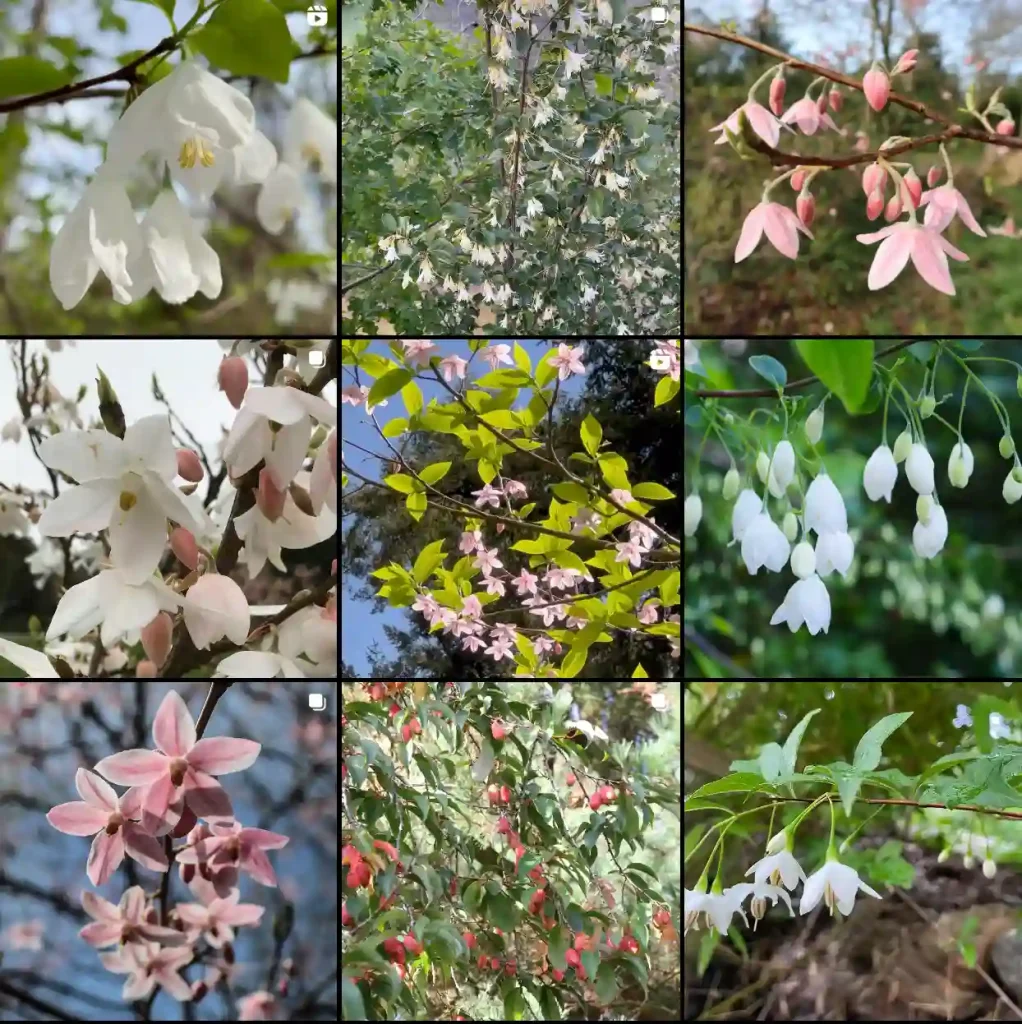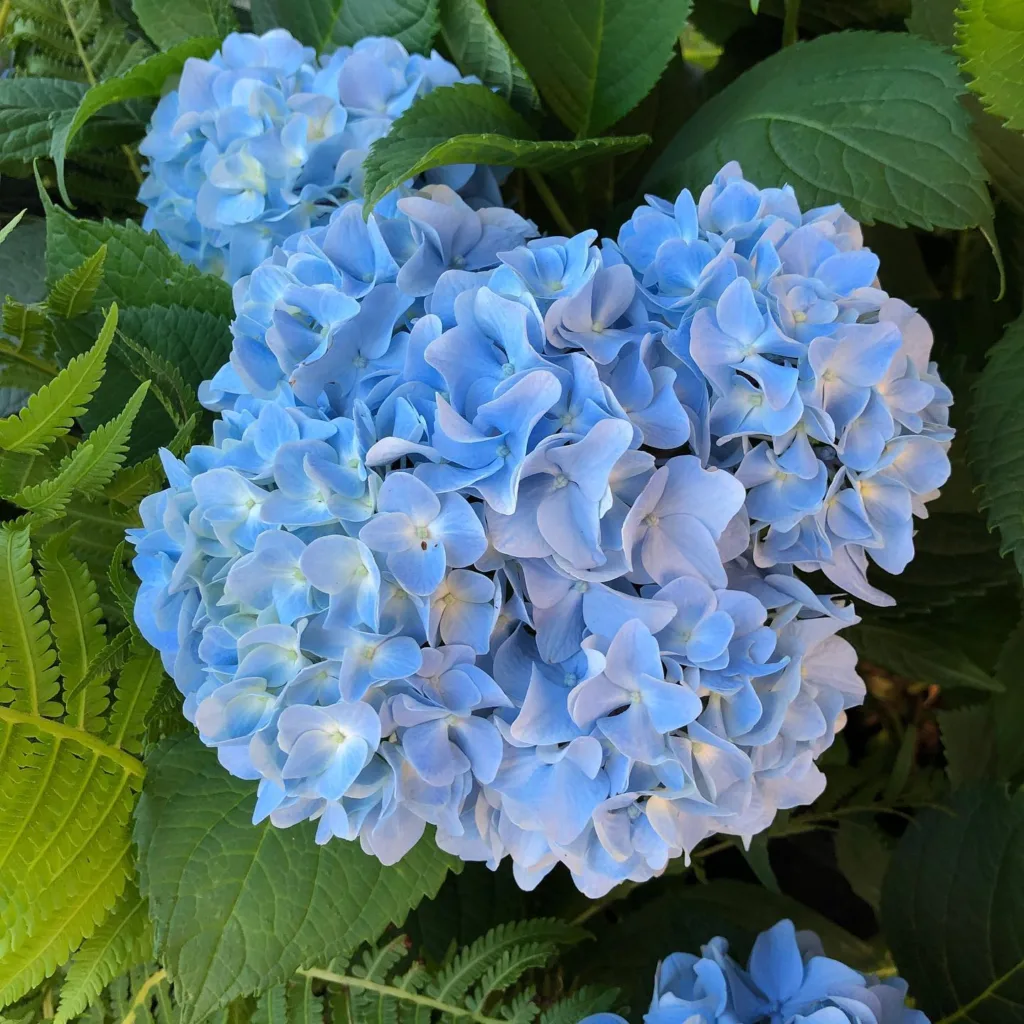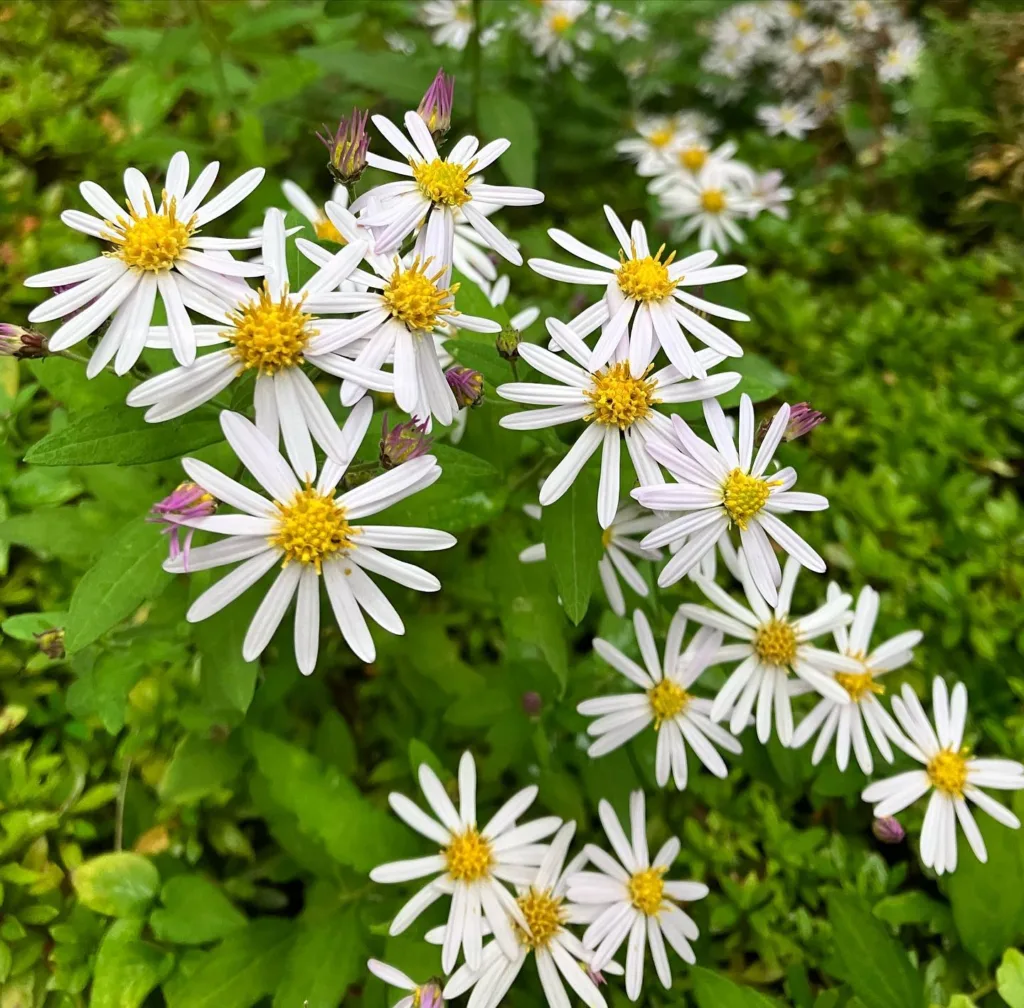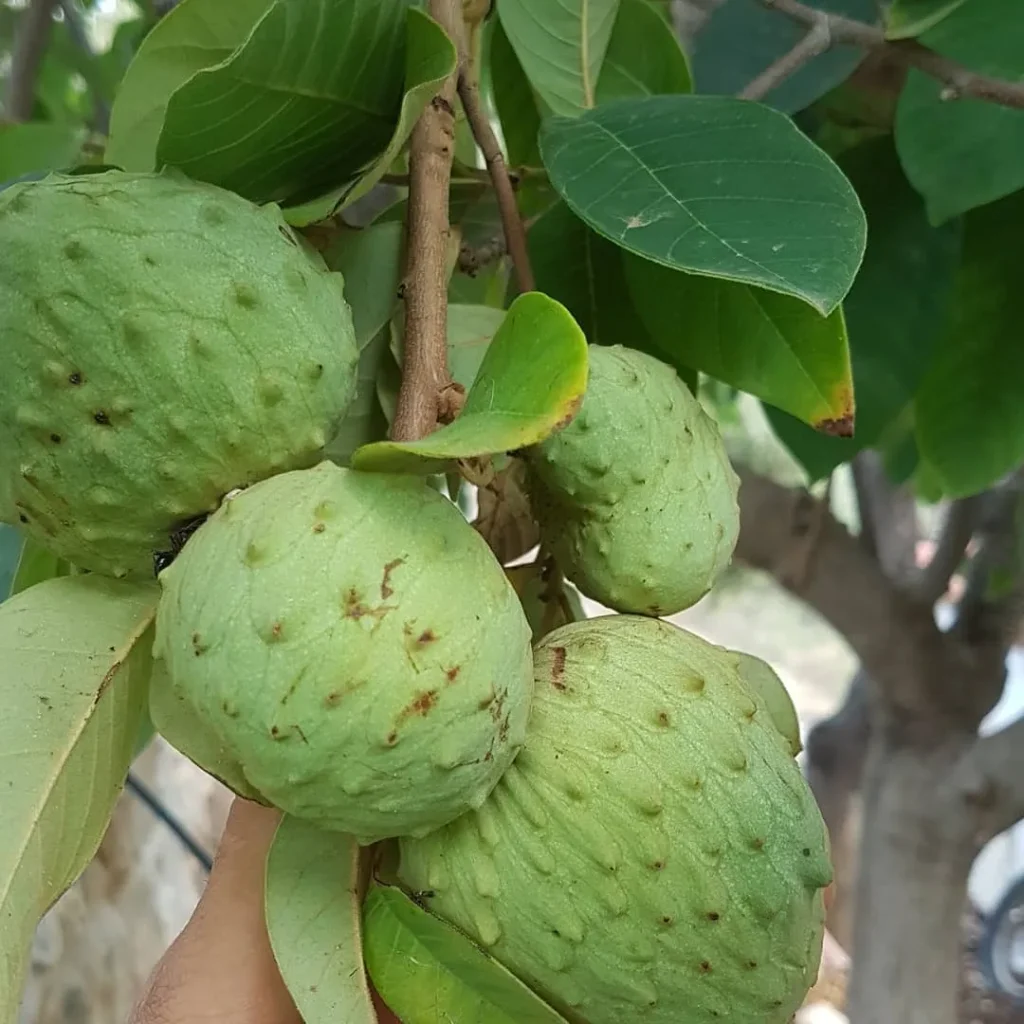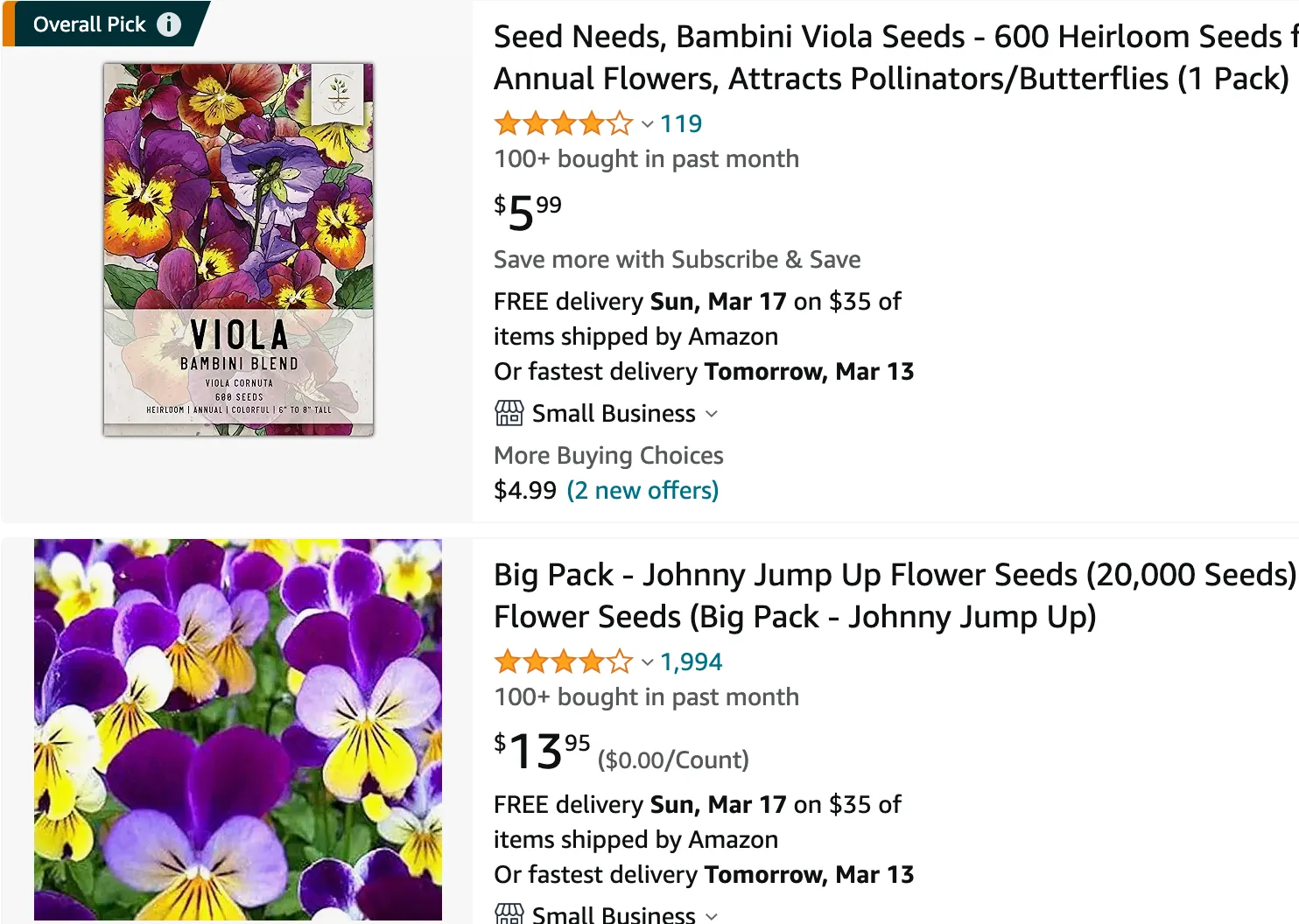
Viola Cornuta: A Charming and Colorful Addition to Your Garden
As a passionate gardener, I’m always on the lookout for new and interesting plants to add to my flower beds. Recently, I came across the Viola cornuta, also known as the horned pansy or horned violet. These cheerful little flowers instantly captured my heart with their vibrant blooms and delicate charm. But before I went on a planting spree, I wanted to learn more about them. In this article, I’ll share everything I discovered about Viola cornuta, hoping to inspire you to include them in your own garden.
853 Species in Genus Viola
How to Grow Viola Cornuta?
Growing Viola cornuta is a breeze! Here’s what you need to know:
- Planting: You can start Viola cornuta from seeds or seedlings. Sow seeds indoors 6-8 weeks before the last frost. For seedlings, plant them outdoors after the danger of frost has passed, spacing them about 6-8 inches apart in well-draining soil.
- Light: Viola cornuta prefers full sun to partial shade. Aim for at least 4-6 hours of direct sunlight daily. In hotter climates, afternoon shade can be beneficial.
- Soil: These plants thrive in well-drained, moist soil. Amend your soil with compost or organic matter for optimal results.
- Watering: Water your Viola cornuta regularly, especially during hot and dry periods. Aim to keep the soil consistently moist but not soggy.
Is Viola Cornuta Edible?
Yes, Viola cornuta flowers are edible! They have a mild, sweet flavor and can be used to garnish salads, desserts, or cocktails. The flowers are a beautiful and tasty addition to any dish.
Is Viola Cornuta Winter Hardy?
The winter hardiness of Viola cornuta depends on the specific variety. Some varieties can tolerate temperatures down to -15°F (-26°C), while others may only be hardy to around 20°F (-6°C). Check the specific variety you choose to see its cold tolerance. In colder climates, you can protect your Viola cornuta with mulch before the first frost.
How do you Deadhead Viola Cornuta?
Deadheading, which involves removing spent flowers, encourages continuous blooming throughout the season. Simply pinch off the wilted flowers with your fingers or use sharp pruning shears. Deadheading also helps to prevent the plant from going to seed, allowing it to focus its energy on producing more flowers.
When to Plant Violas Cornuta?
The ideal time to plant Viola cornuta depends on your climate. In cooler climates, plant them in the early spring after the danger of frost has passed. In warmer climates, you can plant them in the fall for winter and spring blooms.
Is Viola Cornuta Poisonous to Dogs?
While Viola cornuta isn’t considered highly toxic to dogs, ingesting large quantities can cause mild stomach upset. It’s always best to keep all plants out of reach of curious pets.
Additional Tips for Viola Cornuta Care:
- Fertilizing: Feed your Viola cornuta a balanced fertilizer every few weeks during the growing season to promote healthy growth and continuous blooms.
- Pinching: Lightly pinching back the stems in early spring can encourage bushier growth and more flowers.
- Dividing: Divide established Viola cornuta plants every 2-3 years to maintain vigor and prevent overcrowding.
What to Plant with Viola Cornuta
Viola cornuta pairs beautifully with a variety of plants:
- Tulips: The bold colors of tulips create a stunning contrast with the delicate blooms of Viola cornuta.
- Pansies: Since they’re close relatives, pansies and Viola cornuta complement each other perfectly in a color palette.
- Daffodils: The cheerful yellow of daffodils adds a vibrant touch to the mix.
- Ornamental grasses: The flowing texture of ornamental grasses provides a lovely backdrop for the blooms.
With their charming looks, easy care requirements, and long blooming season, Viola cornuta is a fantastic addition to any garden. So why not give them a try and add a touch of color and cheer to your own little slice of paradise?
If i die, water my plants!
